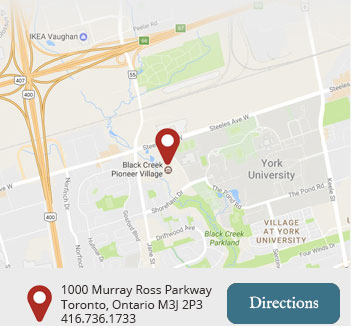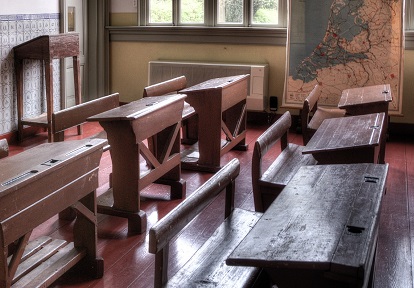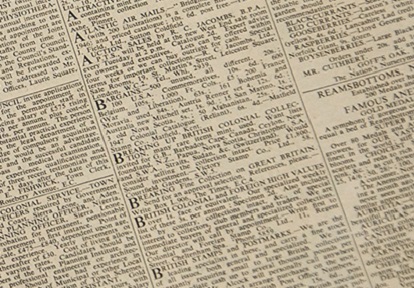
CHAPTER FOUR
Like Mary Ann Shadd’s sister Emeline, you graduate the Normal School with top honours.
You work in a small, segregated school. Many of your students were formerly enslaved in the United States, but some were free, or born in Canada.
Eager to work towards a fully integrated society, you apply to work in Common Schools, but few school trustees will even talk to you.
The prejudice isn’t surprising, nor is it new. Right now, the newspapers are full of the John Anderson case:
… former slave John Anderson fled from Missouri to Canada West in 1854. Arrested on charge of the murder of Mr. Seneca Diggs, a slaveholder who tried to stop him escaping. Judges are debating whether to send Mr. Anderson back to the United States …
“It was self-defence!” you exclaim, tossing the newspaper aside.
This is why your students need you: You need to educate them today, so that they can create a better tomorrow. But why can’t today be better?
You have no idea if it’ll do any good, but maybe you should join the newspaper. Your students will understand, won’t they?
Do you stay a teacher or work for the newspaper?



